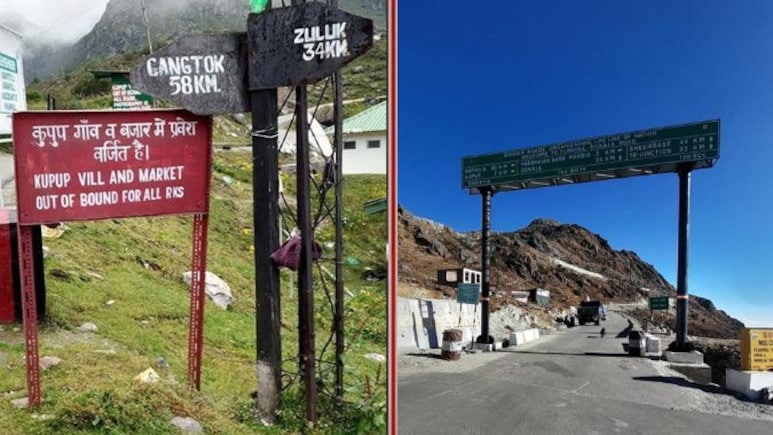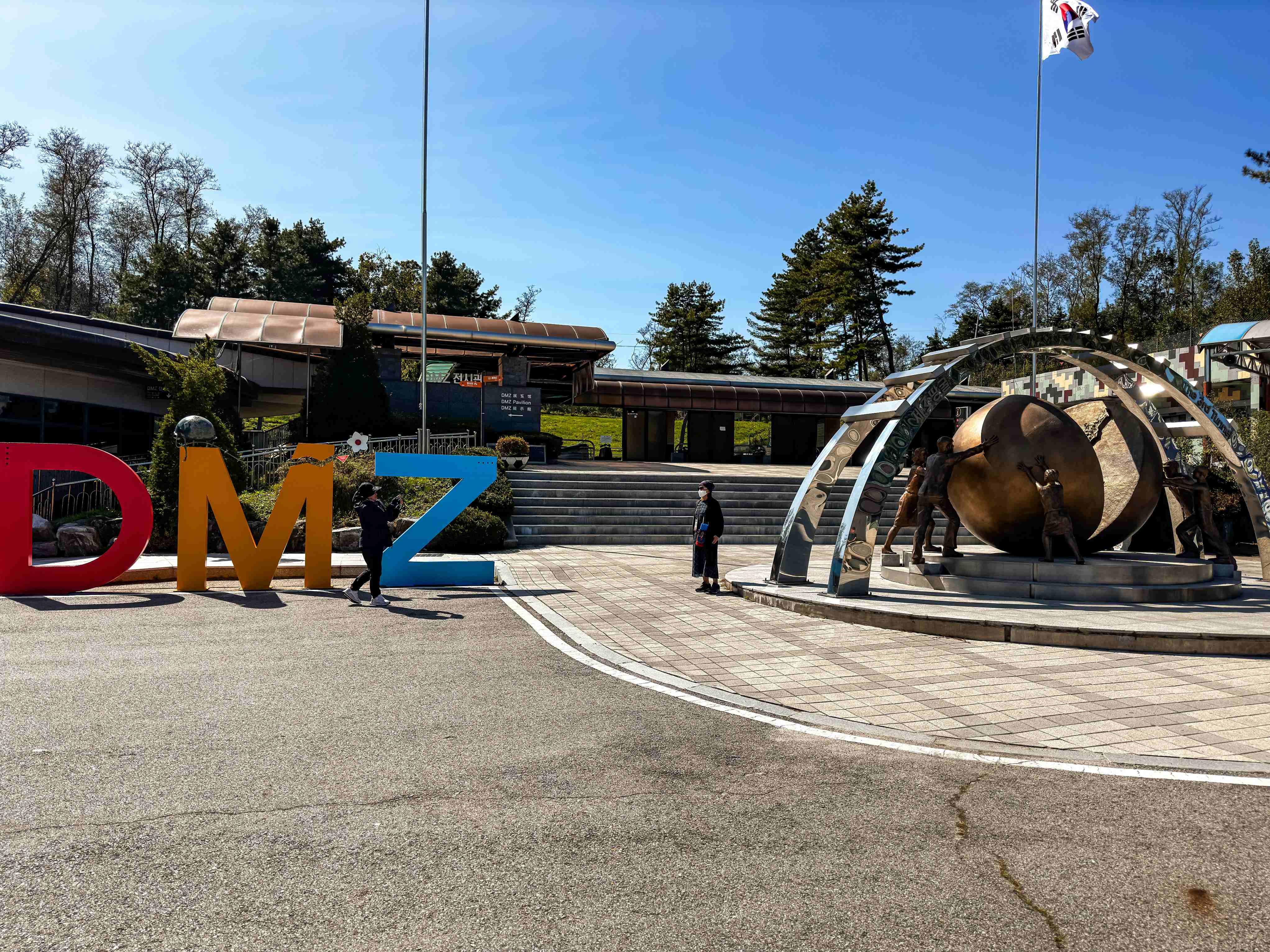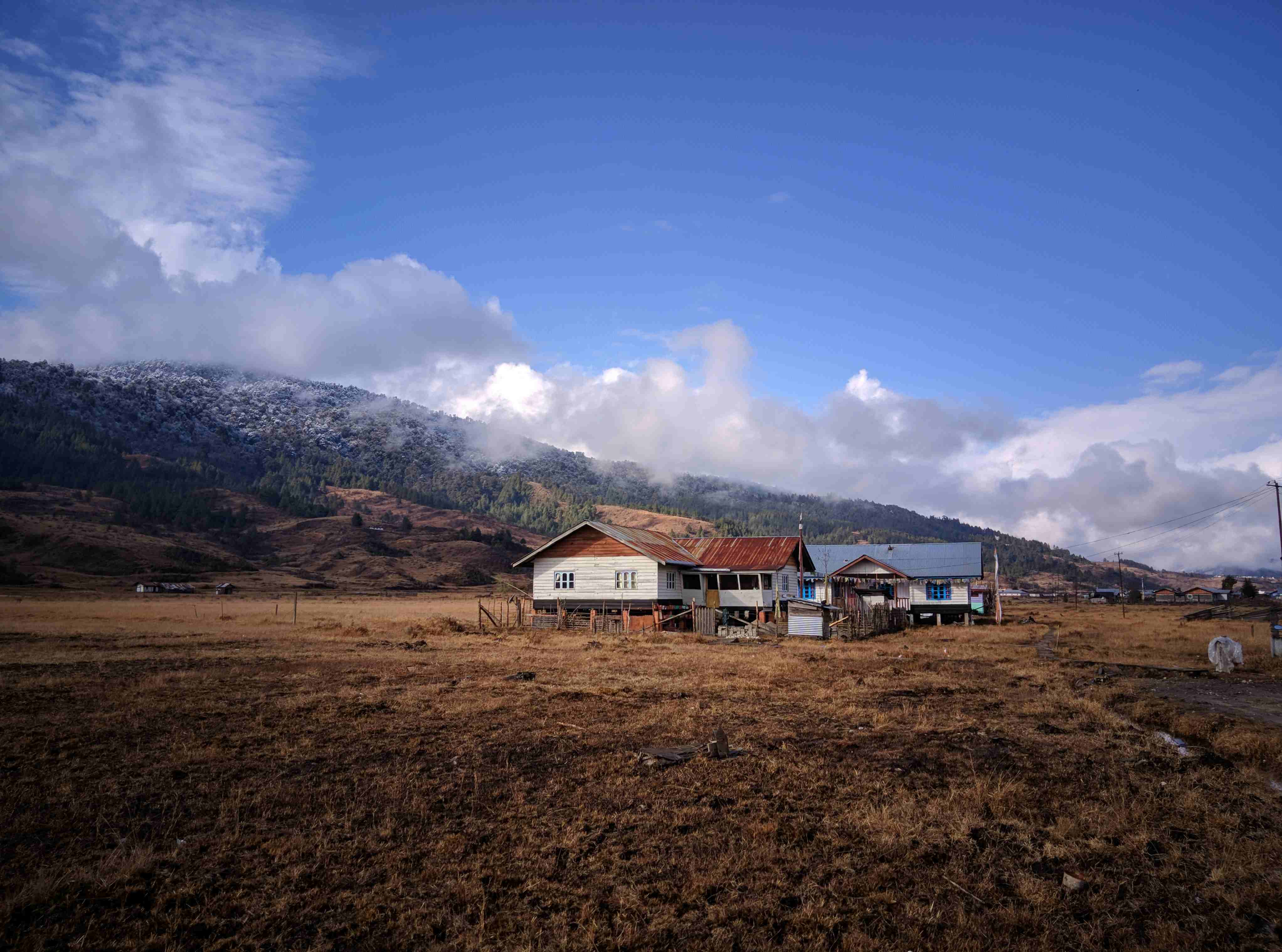
On July 25, a top official in the Sikkim government shared that India is set to open Cho La in Sikkim to tourists as part of its 'Ranbhoomi Darshan' initiative, which promotes battlefield tourism, a new form of tourism making waves in India.
Sikkim opens a new frontier in tourism starting September 2025!
— MDoNER India (@MDoNER_India) July 28, 2025
Walk the historic paths of Doklam and Cho La—sites of India's brave military standoffs—now welcoming visitors under the Battlefield Tourism initiative as part of the Bharat Ranbhoomi Darshan program. With limited… pic.twitter.com/uijd3CbN1G
The program will also include access to the region near Doklam, a sensitive trijunction between India, China, and Bhutan known for a tense military standoff in 2017.
So, What Is Battlefield Tourism?
Battlefield tourism, a subset of war tourism, refers to the practice of visiting sites of historical military conflicts, such as battlefields, memorials, war cemeteries, and museums, to engage with the history, heritage, and emotional legacy of past battles.
In the past few years, with Indians travelling more than ever, this form of tourism is also rising in India.
Tourists who visit these places often seek a deeper understanding of military events, pay respects, learn about national history, or simply experience the atmosphere of places shaped by conflict.
If you want to engage in a battlefield tourism, you should:
- Travel to historic battlegrounds and related sites, such as memorials, cemeteries, and military museums.
- Visit places ranging from organised tours covering major wars (World Wars, regional conflicts) to sites commemorating more recent or even active military confrontations.
Battlefield Tourism Across The Globe
Globally, battlefield tourism is hardly a new concept.
The beaches of Normandy in France attract millions each year who want to remember the D-Day landings of World War II. In Germany, segments of the Berlin Wall still stand, drawing visitors eager to understand the Cold War divide.

The Korean Demilitarised Zone is a popular tourist spot. Photo: Unsplash
Some even visit Hiroshima and Nagasaki in Japan not just for memorials, but for the stark lessons they represent about the impact of nuclear warfare.
Then there's the DMZ (Demilitarised Zone) between North and South Korea, a tourist destination that's still technically an active war zone.
Battlefield tourism is considered part of dark tourism, and includes travelling to sites associated with death, suffering, and tragedy.
It has grown significantly in the 20th and 21st centuries, especially as nations have developed guides, infrastructure, and digital platforms to promote visits to remote or previously restricted military sites.
Ranbhoomi Darshan In India
Launched on the 77th Army Day (January 15, 2025), the initiative is a collaboration between the Ministry of Defence, the Indian Army, Ministry of Tourism, and various state governments.
It identifies 77 key battle and valour sites across India, now known as 'Shaurya Gantavya', inviting civilians to step into the very spaces where acts of immense bravery and sacrifice once unfolded.

Battlefield tourist spots aren't your average tourist spots. Photo: Unsplash
These include 11 sites in Jammu and Kashmir, four in Himachal Pradesh, seven in Rajasthan, five in Gujarat, 14 in Ladakh, 21 in Arunachal Pradesh, eight in Uttarakhand, and seven in Sikkim.
Talking about Sikkim, the government is set to open Cho La in Sikkim to the public by September as a part of this initiative.
Remember, these aren't your average tourist spots. We're talking about areas that have long remained off-limits due to their strategic importance. Locations like Galwan Valley in Ladakh, the iconic battleground of Longewala in Rajasthan, and the high-tension trijunction of Doklam in Sikkim are now being developed for public access, with, of course, proper security in place.
In fact, to make battlefield tourism accessible and informative, an app was also recently launched by Union Defence Minister Rajnath Singh. Through this app, visitors can take virtual tours, read detailed historical narratives, get tips for trip planning, and find information on permit requirements, especially for sensitive zones.
For instance, according to a press release issued by the Ministry of Tourism in India, at high-risk border zones, visitors will be required to coordinate with army units for safety and clearances, facilitated via single window, in high altitude areas; precautions to be adopted and acclimatisation protocols are also being advised.
The government is investing in infrastructure across these sites -- building war memorials, visitor centres, and in some cases, military museums.
Why Battlefield Tourism Matters
Out of all the forms of dark tourism, battlefield tourism is really important, because:
- It offers immersive, on-ground history lessons.
- It cultivates a sense of national pride and a better understanding of India's military heritage among citizens, especially the youth.
- These battlefield sites are often in remote or rural parts of India. Increased tourism can mean jobs, homestays, guides, transport, and much-needed economic opportunities for local communities.
With more and more people turning to urban living, battlefield tourism helps tourists peek into what life is like in India's high-risk border zones, which allows for respectful interaction, understanding, and admiration for the Armed Forces.
Battlefield tourism in India is no longer a niche. With Bharat Ranbhoomi Darshan initiative and more places opening up, it's being shaped into a structured, meaningful travel experience that connects Indians and other visitors to the nation's past through the very soil where history was written.
Track Latest News Live on NDTV.com and get news updates from India and around the world

